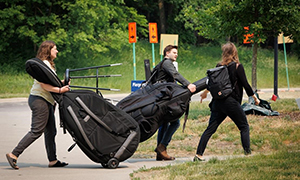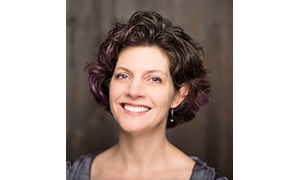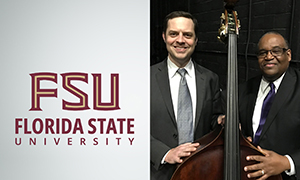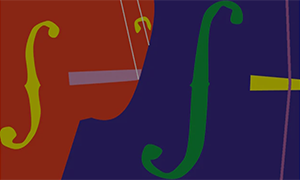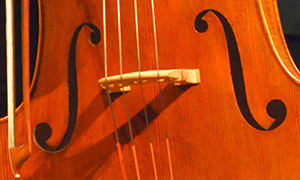About the International Society of Bassists
The ISB was founded by the world-renowned virtuoso Gary Karr in 1967. With some 3,000 members in over 40 countries, the ISB is an organization for those who teach, study, play, repair, build and enjoy the double bass. The ISB is a forum for communication among bassists throughout the world and across a wide variety of musical styles. Members receive our journal, Bass World, three times per year and are the first to receive email communications regarding upcoming events, bass news, and more. Every two years the ISB holds an international convention and double bass competition, a composition contest, and now, a maker's competition. If you love the double bass, become a member of the International Society of Bassists today!
Did you know that ISB Members enjoy a great discount on Musical Instrument Insurance?

Anderson is devoted exclusively to insuring musical instruments and valuable articles worldwide for musicians, musician associations, orchestras, collectors, and musical instrument dealers. ISB members enjoy an excellent group rate!
Submit your no obligation quote request or learn more by clicking the button below.
Call for Site Proposals
Have you attended ISB conventions in the past and wondered how the ISB selects its convention sites?
We are seeking invitations from potential host colleges and universities for the first two weeks of June 2027!
Bass World
Members receive Bass World magazine three times a year in the mail, as a digital flipbook, or both!
Read the latest issue of Bass World, Volume 47 Number 3, featuring David Perlman.
President's Corner
Artificial Intelligence (AI) has become a big part of our culture very quickly. And what does AI know? Only what it's been trained to know. The information that it was given forms the basis for the decisions it will make — like what search results you see in Google, or what data it pulls to answer a question.
Competitions & Awards
ISB had a wonderful convention at Florida State University. Check out the competition winners along with the Distinguished Achievement and Special Recognition Awards recipients using the buttons below.
Store / Rental Library
The ISB Online Store has relaunched on the Shopify platform, with a sharp new look and improved mobile functionality. Browse through hundreds of products offered by ISB members - music scores, methods, books, recordings and of course, The Gary Karr Store.
Membership
As an ISB member, you are helping to build a worldwide double bass community that connects people, music and ideas every day, in new and often unexpected ways. Member benefits include . . .
Make a Donation
If you love the double bass and benefit from the many ways the ISB brings the worldwide double bass community together, then we need your support!
Directories
Members can be listed in our Teacher, Luthier, or Rent-a-Bass directories. Looking for an instructor? Looking for a studio or shop that does repairs or sells instruments and accessories? Traveling and need to rent a bass? Search for teachers, luthiers, or basses to rent by name or location.
Bass Insurance
ISB members in good standing are eligible for a group rate on instrument insurance from Anderson Musical Instrument Insurance Solutions, LLC.
Resource Library
ISB Members may browse through 40+ years of publications and learn more about the double bass's history and future in the George Vance Online Resource Library.

